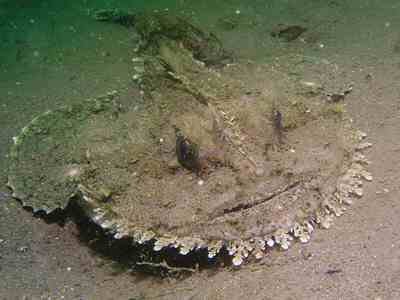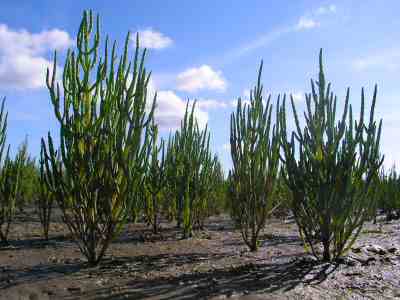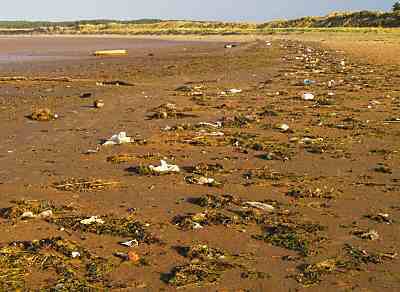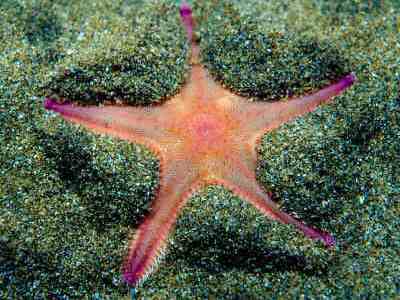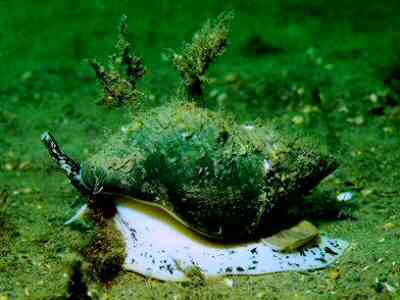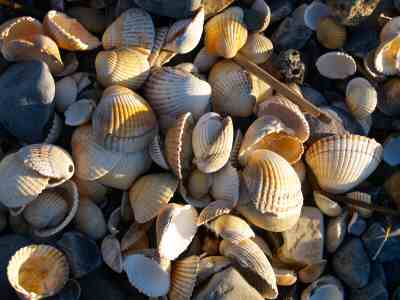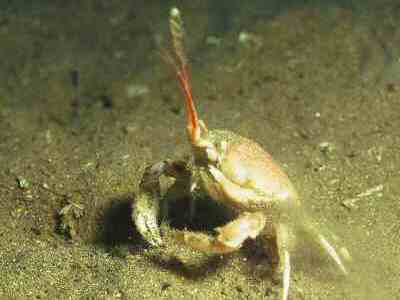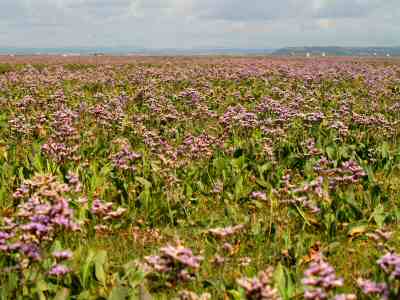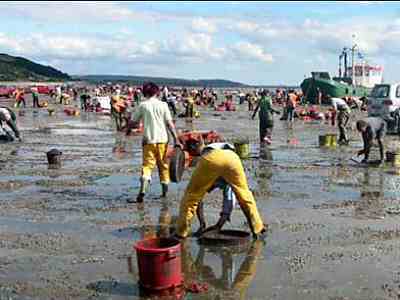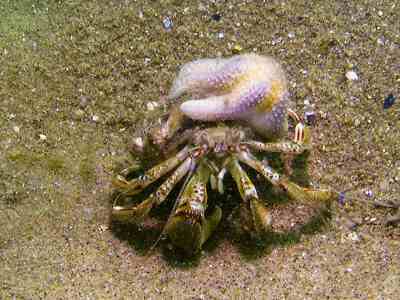Author Archive
Storm strandings
Many thanks.
3rd UK Report on Implementation of the EU Habitats Directive
The 2013 Habitats Directive Report (aka Article 17 Reporting) is now available on the JNCC website here. This includes all of the information and maps submitted to the European Commission, plus various supporting documents and spreadsheets. It does not include site-level reports and patience is needed to dig through each of the Wales habitats and species feeder reports.
It is not encouraging reading. Many marine habitats and species, including all the habitats that occur in Carmarthen Bay and Estuaries SAC are classified as inadequate or bad. We will not know whether these judgments apply to all of this site’s habitat features until Natural Resources Wales publishes site-level reports but there is clearly no room for complacency and management needs to continue to be improved.
Welsh Government further review of the exceptions to regulations regarding the maximum length of fishing boats in the 0-6 nautical mile zone
A consultation was undertaken in 2011/12 regarding proposals to remove historic access rights. A number of complex issues arose as a result of the responses received, and subsequent analysis of the same. The Minister for Natural Resources and Food has decided that a further period of consultation is needed to ensure that the Welsh Government has the fullest possible understanding of the current situation and the possible effects of the proposed removal of these historic access rights.
More information and the consultation document are available here.
Problems of Small Estuaries Symposium
A presentation on the EMS set the scene for many of the other contributions. All the presentations, including the EMS presentation, are available as PDFs here.
Countryside Council for Wales and Environment Agency Wales dissolved and work taken over by new body, Natural Resources Wales
Welsh government green paper Sustaining a Living Wales
The Welsh Government’s Green Paper on a new approach to natural resource management in Wales is open to consultation until 31 May 2012.
NATUR, the Welsh Institute of Countryside and Conservation Management, has been welcomed by the Natural Environment Framework team as a ‘critical friend’. Watch NATUR’s website for constructive criticism of the Green Paper.
Management Scheme consultation open
The Scheme document and supporting technical annexes can be downloaded here.
Three Rivers Cockle Fishery Closure
More here
Management Scheme consultation coming soon
Responses from the public, stakeholders, local communities and regulatory and management authorities will be invited and welcomed.
Please subscribe to the newsletter to ensure you are notified when the consultation draft is published.
New report on Special Areas of Conservation in Wales
Overall, on land and in the seas 27% of designated habitats and species within SAC are considered to be in favourable condition, with 11% in a process of recovery. But that leaves almost two thirds not doing well.  Within marine SACs, 80% of saltmarshes, 60% of intertidal sand and muflats and half of estuary and bays features are not in favourable condition or recovering towards it. Much more work is clearly needed to improve on this situation.
